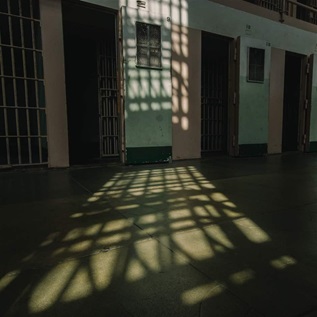Public Safety in Nebraska
Nebraska enacted comprehensive legislation in 2015 to reduce crowding in correctional facilities, avoid future prison construction, and improve public safety. The law, L.B. 605, prioritizes prison space for violent and career criminals, strengthens parole supervision, requires the use of risk and needs assessments in parole decisions, expands the use of evidence-based programs and treatment, and improves the collection of restitution for victims. The reforms are expected to reduce the state’s prison population projections by 18 percent and prevent more than $300 million in construction and operating costs by 2020.
We all realized that unless we made some important changes, the prison population would continue to grow. I believe we are improving our approach to justice by ensuring meaningful supervision and holding offenders more accountable.Governor Pete Ricketts (R)
Nebraska’s law reflects recommendations developed by the state’s bipartisan, interbranch Justice Reinvestment Working Group, which received intensive technical assistance from the Council of State Governments Justice Center as part of the Justice Reinvestment Initiative, a partnership between Pew and the federal Bureau of Justice Assistance. Former Governor Dave Heineman launched the effort in 2014, and Pete Ricketts, the current governor, signed the package into law May 27, 2015, after a unanimous vote (45-0) by the unicameral Legislature.
Without reform, Nebraska’s prison population was projected to increase from 159 percent of capacity in 2014 to 170 percent of capacity—or 5,581 inmates—in 2020, driven in part by growing prison admissions among relatively low-level offenders. The number of inmates serving a sentence of a year or less increased 30 percent over the previous decade, contributing to a 19 percent increase in the prison population and a 20 percent rise in corrections spending from 2004 to 2013.






